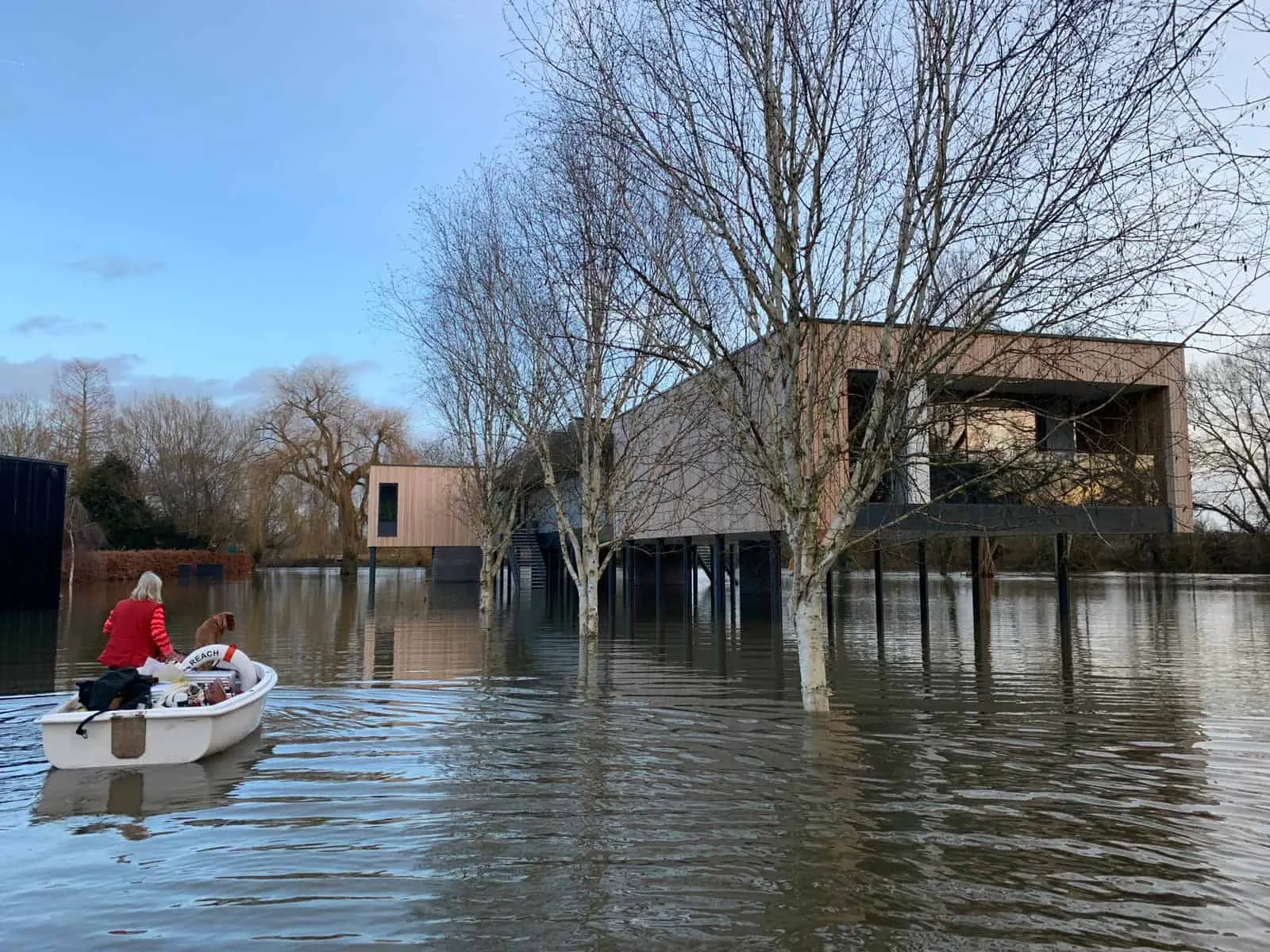There can be your advertisement
300x150
How to Raise a House in a Flood Zone
Living in a flood zone can be difficult and stressful, especially during the rainy season or when storms occur. Floods can cause serious damage to homes, buildings, and personal belongings. However, there are several ways to reduce the risk of flood damage, and one of the most effective methods is raising the house above flood level.
Raising a house is a complex and expensive process that requires careful planning, preparation, and execution. However, protecting your property from flood damage can save you a considerable amount of money and stress in the long run. Here are several steps to follow when raising a house in a flood zone.
Living in a flood zone can be difficult and stressful, especially during the rainy season or when storms occur. Floods can cause serious damage to homes, buildings, and personal belongings. However, there are several ways to reduce the risk of flood damage, and one of the most effective methods is raising the house above flood level.

Raising a house is a complex and expensive process that requires careful planning, preparation, and execution. However, protecting your property from flood damage can save you a considerable amount of money and stress in the long run. Here are several steps to follow when raising a house in a flood zone.
Determine the Flood Zone and Required Height
The first step is to determine the flood zone and required height for your house. This information can be obtained from local authorities, insurance companies, or a licensed engineer. The required height depends on the flood zone and the flood level in your area.
Hire a Licensed Engineer or Contractor
Raising a house is a complex process that requires specialized knowledge and experience. You should hire a licensed engineer or contractor with experience in house lifting and foundation repair. They will assess the structural integrity of your home, develop a lifting plan, and obtain necessary permits.
Prepare the Site
Before raising the house, the site must be prepared. This includes clearing the area around the house, removing obstacles, and ensuring a stable and level surface.
Lift the House
The lifting process involves placing hydraulic jacks under the house foundation and gradually raising it to the desired height. The contractor places steel beams or concrete blocks under the house to support it at the new elevation.
Build a New Foundation
Once the house is raised, a new foundation must be built to support it. This includes pouring a new concrete floor or constructing a new basement or attic.
Reconnect Utilities
After installing the new foundation, the house must be lowered onto it, and utilities such as water, electricity, and gas must be reconnected.
Repair All Damages
Finally, all damages to the house caused by the lifting process must be repaired. This may include fixing cracks in walls, ceilings, or floors, replacing damaged plumbing or electrical systems, and repainting or retiling.
Raising a house in a flood zone is a significant investment, but it can protect you from costly damages during floods and provide peace of mind during the rainy season. It's important to hire a licensed engineer or contractor experienced in house lifting and obtain necessary permits and inspections from local authorities. With careful planning and execution, you can protect your home and family from flood hazards.
More articles:
 How to Implement Sustainable Practices in Architectural Projects
How to Implement Sustainable Practices in Architectural Projects How to Add Warmth and Sophistication to Your Kitchen
How to Add Warmth and Sophistication to Your Kitchen How to Integrate a Small Apartment into Pristine Nature
How to Integrate a Small Apartment into Pristine Nature How to Protect Your Smart Home from Cyber Threats
How to Protect Your Smart Home from Cyber Threats How to Keep Your Property Safe and Clean in Winter?
How to Keep Your Property Safe and Clean in Winter? How to Decide Which Furniture to Keep and Which to Remove?
How to Decide Which Furniture to Keep and Which to Remove? How to Care for Your Home Oven
How to Care for Your Home Oven How to Make a Minimalist Interior Work? Follow These Recommendations
How to Make a Minimalist Interior Work? Follow These Recommendations